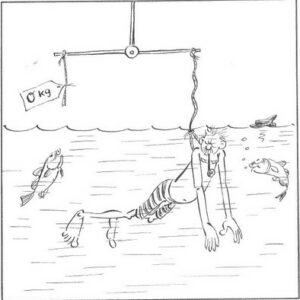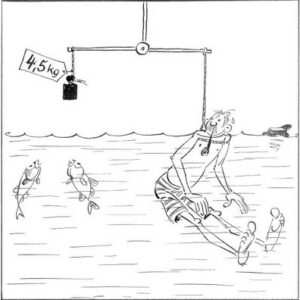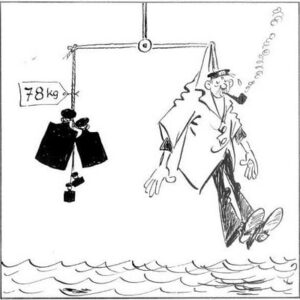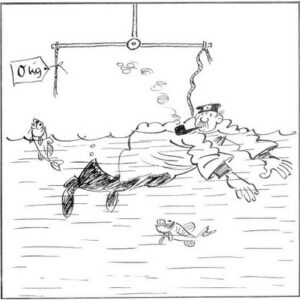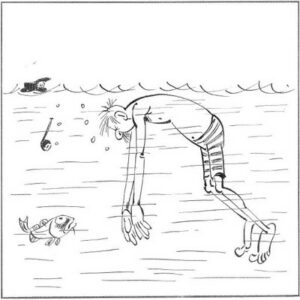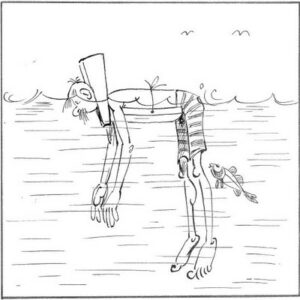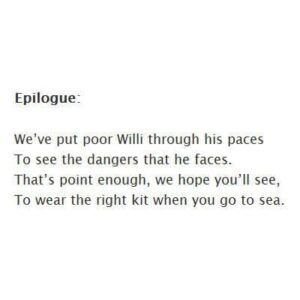
Why does a ship not sink – even if it’s heavy and made of steel? How do elephants swim and even concrete can be made to float?
These questions are always being asked, yet it’s nothing to do with magic, more about the laws of physics and nature.
Whether it floats or not is less to do with its weight as measured in air on land, just as an aircraft carrier is heavy, its weight alone does not signify if it will float or sink.
It’s different in water. Its buoyancy is dependent upon its density – that is the relationship between its weight and volume. If the total density of the object is less than water, it will float – just as will a large concrete barge because it holds enough air that the total density is less than water.
The ancient Greek philosopher and scientist Archimedes looked at it another way: In his famous Principle he states: “Any object, wholly or partially immersed in a fluid, is buoyed up by a force equal to the weight of the fluid displaced by the object.” That means if an object displaces more than its weight in water, it will float.
When applied to lifejacket construction, it means of course that you don’t need to create enough buoyancy to float the entire body, but just to keep the head at the correct distance and attitude above the surface to breathe properly.
See how the cartoonist W. Hartung describes it with his character, the old seadog Willi Secumaat…





